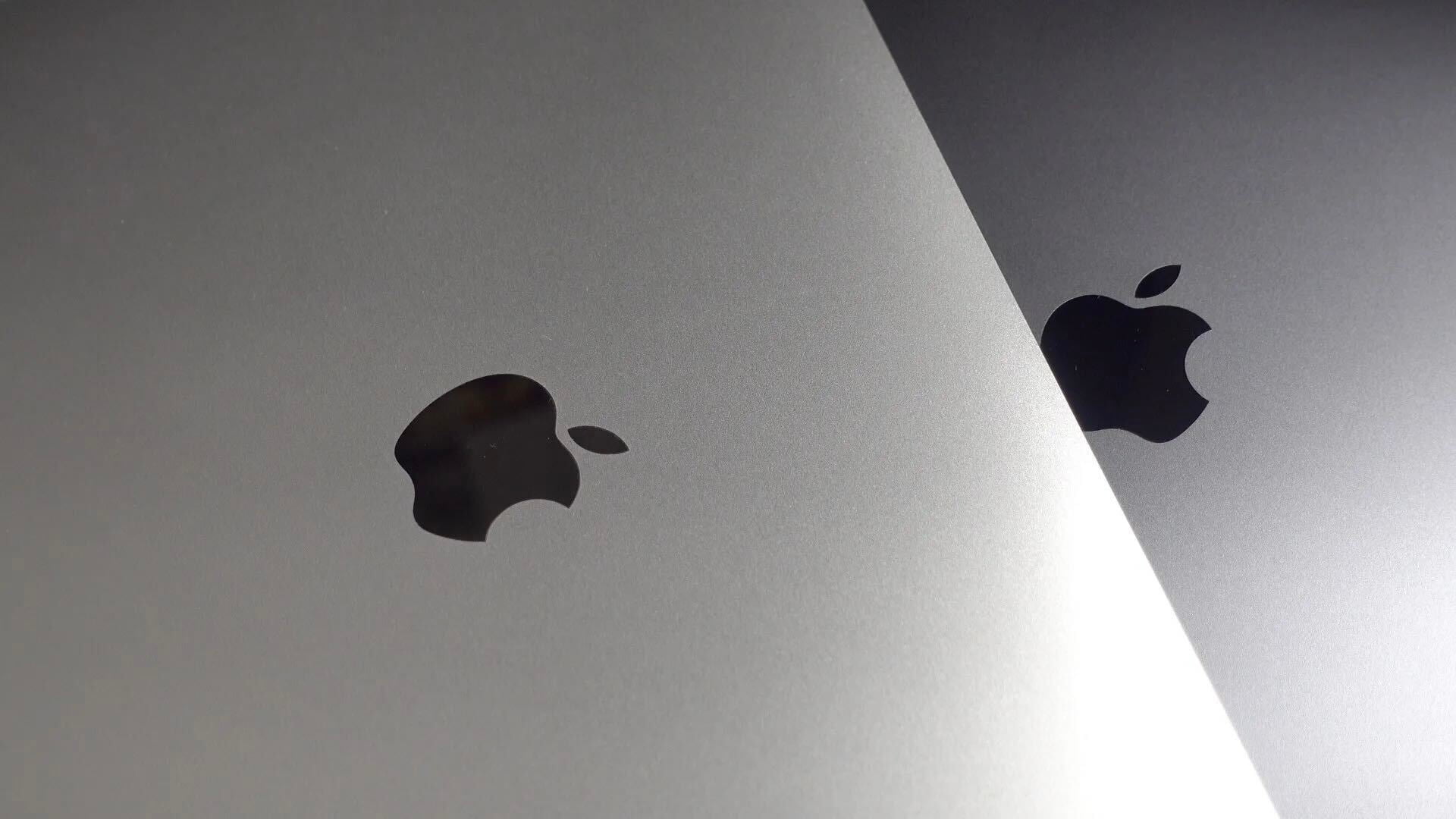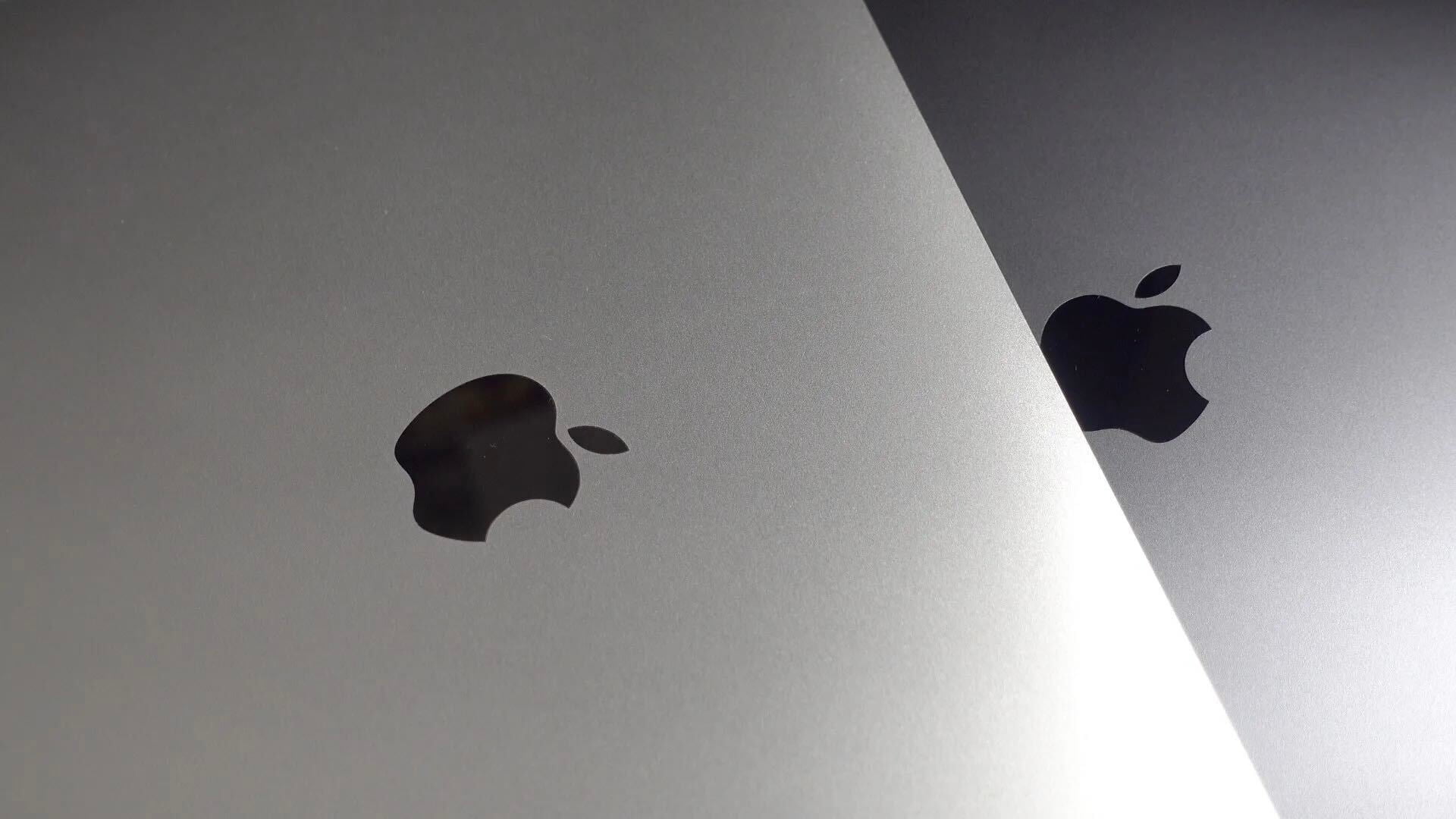
Four years ago, I wondered why Apple sold such seemingly simple plastic docks for $29, so I cut two of them in half to see what was inside. I was impressed: in addition to a larger-than-expected collection of electronic components, they were filled with substantial zinc plates that kept Apple’s devices standing safely upright, no easy feat since the docks kept shrinking every year. The only problem: most (but not all) of Apple’s docks have been model-specific and case-unfriendly, issues that were particularly pronounced in the official iPhone 5s Dock and iPhone 5c Dock. When Twelve South released the handsome multi-device and case-compatible HiRise and HiRise Deluxe, many people — including me — had no need for a more limited, Apple-designed alternative.
Somewhat belatedly, Apple has just released the iPhone Lightning Dock ($39), its first docking solution for the iPhone 6 and 6 Plus. It’s not clear why Apple took its time releasing this accessory, which uncharacteristically has a 2014 date on the back of its box. But it’s the dock Apple should have released three years ago, delivering case compatibility, multi-device support, and the expected Apple minimalism. It has no back support for your iPhone, instead relying on a stiffened and modestly padded Lightning connector to hold your device on the traditional Apple light recline. And it also includes an audio-out port, which has been absent from all of its third-party rivals. Now that Apple has released the right sort of dock, should you consider buying one?…
|
Key Details:
|

Unlike its earlier Lightning docks for iPhones, Apple has pared down the iPhone Lightning Dock to the barest essentials. Made mostly from glossy white plastic, it has a gray rubber bottom with an embossed Apple logo, just like past iPad, iPhone, and iPod docks. But there’s notably no recessed “well,” front lip, or other support for the device besides the strength of the Lightning plug that sticks up from the roughly 2.6″ by 1.9″ by 0.3″ glossy plastic base.
Defying Apple’s past Lightning accessory guidelines, which called for a surrounding support platform roughly as large as the abandoned Dock Connector plug — an unnecessary design requirement that helped to kill the third-party Lightning accessory market — the integrated Lightning connector’s soft plastic base measures a mere 12 millimeters in width and 6 millimeters in depth. Though it will come as no surprise to users of third-party docks that have depended on elevated Apple cables to achieve the same function, this nub simultaneously enables the Lightning plug to connect with and support encased devices. Since nearly 80% of iPhone owners use cases, many people will consider this to be a welcome improvement.

The iPhone Lightning Dock has one arguable advantage over third-party rivals. In addition to a pass-through Lightning port on the back, which you use to connect a cable for syncing and/or charging, there’s a 3.5mm audio port labelled with a headphone icon. A quick check of the included manual shows that the port is intended for “an Apple headset,” and apparently is the reason the iPhone Lightning Dock requires at least iOS 8 to work fully. Testing confirms that the port — like the ones in most of Apple’s recent docks — mirrors the connected iPhone’s own headphone port, adjusting volume upwards and downwards rather than staying fixed at peak output. I call the advantage “arguable” only because Twelve South worked around this by providing ample room to connect headphones or an audio cable directly to the device rather than adding another port to HiRise’s back; depending on whether you’re connecting headphones or speakers to your iPhone, Apple’s design may or may not be more convenient.
Just how iPhone-agnostic is the iPhone Lightning Dock? Officially, Apple says that it’s compatible with the iPhone 5, 5c, 5s, 6, and 6 Plus, as well as the fifth-generation iPod touch. But in my testing, it also worked flawlessly with the iPad Air, iPad Air 2, and iPad minis for charging and syncing, even when any of these models was inside of a case such ZeroChroma’s excellent Folio-Slide (shown above). The iPhone Lightning Dock was only unable to connect to cases with really thick bottoms, and only began to tip over with iPad Airs inside multi-layer ruggedized cases, or when Air-sized iPads were tapped in the middle of their screens or higher. This bodes well for compatibility with future iPhones, no matter how large they may be, so long as they continue to have Lightning ports.
Given its pleasant design and multi-device support, the only potential deal-breakers with the iPhone Lightning Dock are its price point and limited incompatibility with certain cases. Apple has for some reason jacked the price up to $39 from the $29 it charged for the iPhone 5c and 5s Docks. This makes the iPhone Lightning Dock more expensive than the metallic Twelve South HiRise, which similarly requires you to supply your own Lightning cable, but comes in silver or black versions. By comparison, the silver, black, or gold HiRise Deluxe includes its own cables and is designed to adjust to various case thicknesses and depths, while selling for roughly the same price as an iPhone Lightning Dock plus an official Apple Lightning Cable. I’d personally pick one of the HiRises over the iPhone Lightning Dock, but if you prefer Apple’s design, it’s a good enough option to broadly recommend.
| Manufacturer: Apple |
Price: $40 |
Compatibility: Lightning iPhones, iPods, iPad Airs/minis |
|---|
[tweet https://twitter.com/llsethj/status/601070465575211008 align=’center’]
FTC: We use income earning auto affiliate links. More.



Looks good, I’ll get one eventually…
Great review Jeremy! This removed the doubt that I had about this dock.
So the dock is actually heavily enough to support an iPad Air? I was afraid it would tip over.
The iPad Air is safe for charging and syncing. If you’re trying to interact with the upper half of its screen, the iPhone Lightning Dock could tip over; HiRise and HiRise Deluxe are better designed to avoid that issue.
Would you need two hands to take a phone off, or is it heavy enough for just one hand to lift it off?
Is it compatible with cases like Otterboxes or Lifeproof cases?
It’s going to depend on the specific case. Some of their heavy-duty, waterproof cases are extremely thick on the bottom, so no, but the ones with more conventional designs (like 90% of the other cases out there) should be OK.
I have not found a single Docking Station,
that would have allowed me to charge my
Lifeproof cased iPhone6 so far…
I am also out of luck,
with many 3rd Party Lightning Cables,
since they often have a bigger Plug Casings.
I’d like to get one, but I’m not buying anything from the online Apple Store until they start taking Apple Pay.
Is it a joke? You can definitely use Apple Pay at the store… hell… I’ve even used my Apple Watch at the store. Or do you mean online? If you want to purchase with Apple Pay online use the Apple Store App on your iPhone… you can pay directly with Apple Pay.
If “gigglybeast” does not live in the US,
but has an Apple Retail / Online Store in his Country,
he can’t currently pay with Apple Pay…
You can not use Apple Pay with the Apple Store app. Go try, it’s not an option. Not only that, you can’t use Apple Pay in the App Stores or iTunes to make purchases. The only joke is the fact that Apple doesn’t let you use Apple Pay for online purchases. And I am in the United States.
Another excellent review there. And boy, are you guys quick to test & post this. Way faster than other sites. Props!
$39 seems pretty steep to me. Especially since it doesn’t even come with an extra lightning cable.
Great review! I’ve wanted to buy a lightning dock of some sort for a while but kept putting it off.
It’s good to know that the dock is also compatible with the iPad Air/ Air 2. Would an iPad Air 2 in an Official Apple Smart Case charge/sync ok with this dock? I realise they’ll still be the stability issue using the upper section of the screen while it’s docked.
Apple’s Smart Case should be fine. I tried the Dock with the iPad mini Smart Case and it worked, with proper alignment, so long as the flap was pushed off to the left side of the base, or closed. If open and pushed to the back of the case, it worked, albeit with the mini on a slight angle.
Prediction: Next iPhone to have incredibly recessed Lightning connector.
I’m always concerned that the stress that a dock that supports the iOS device by connector port only (no “back” support) will cause a premature failure in the port itself. Plugging a cable into a port causes little torque; supporting the weight of a device, plus force from users tapping on the screen to use the device while in the dock generates considerable more torque.
“By comparison, the silver, black, or gold HiRise Deluxe includes its own cables and is designed to adjust to various case thicknesses and depths, while selling for roughly the same price as an iPhone Lightning Dock plus an official Apple Lightning Cable.”
So, I’ve read here and there that the cable supplied with the HiRise Deluxe may not be MFi certified and people are getting the “this device may not be compatible” error when they plug it in, or they are unable to sync to iTunes when docked on it (maybe people using pre-iOS 8 versions???). Have you experienced any of that in your testing? I really like the look of the Deluxe and am always a little worried about not having any support on the dock and damaging my port.
I use HiRise Deluxe and it works every day, trouble-free, with zero notices like that. It’s possible that some people are using inadequate USB power with it, which would trigger that notice with many accessories…
Great. I have a feeling one of those babies are going to be sitting next to my soon to be delivered Nomad charging stand for my Apple Watch. Appreciate the thorough review and helpful response.
I don’t know either way, but Apple does sell the dock themselves, so I’d have thought it met their certifications?
Jeremy, great review! Can you comment a bit more about the headphone jack? Can it output a digital optical signal when used with a mini toslink cable like the headphone jack on MacBooks? There are several questions about the audio jack on the apple shop but none of them have answers.
This is my favorite
https://youtu.be/DpJp_LpxgwY